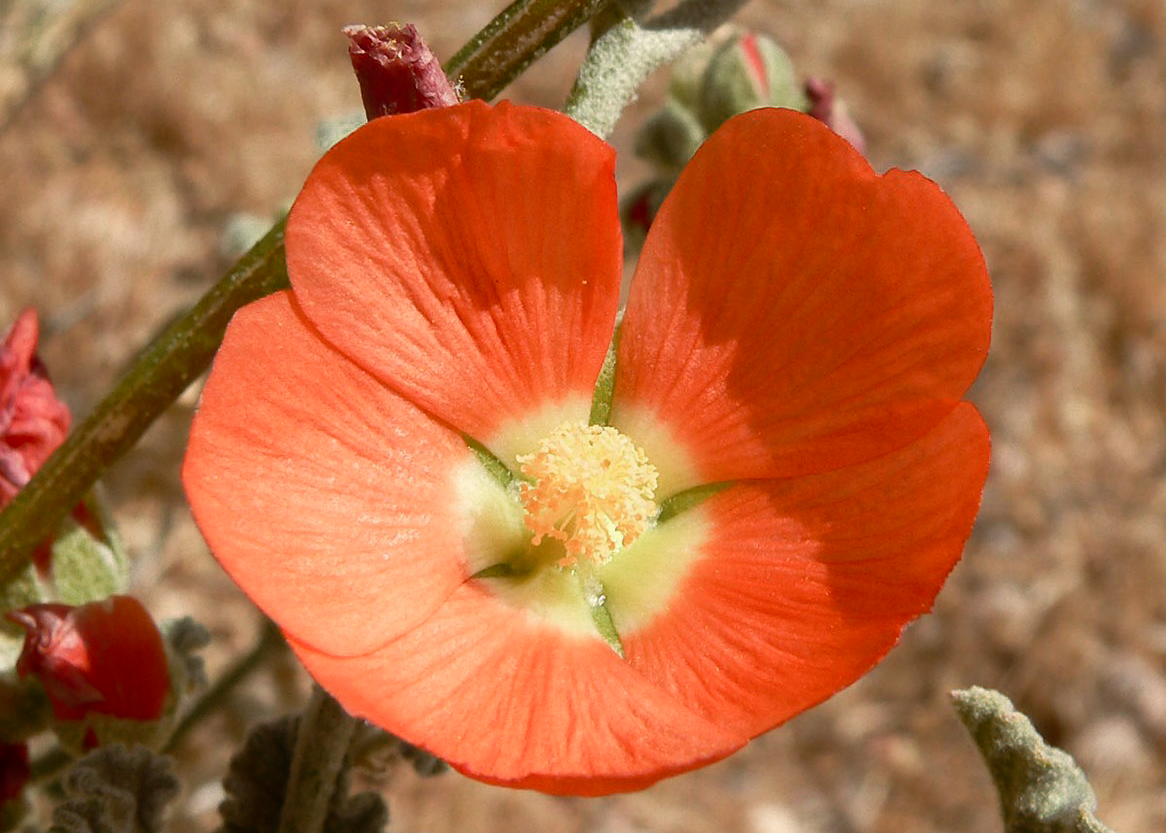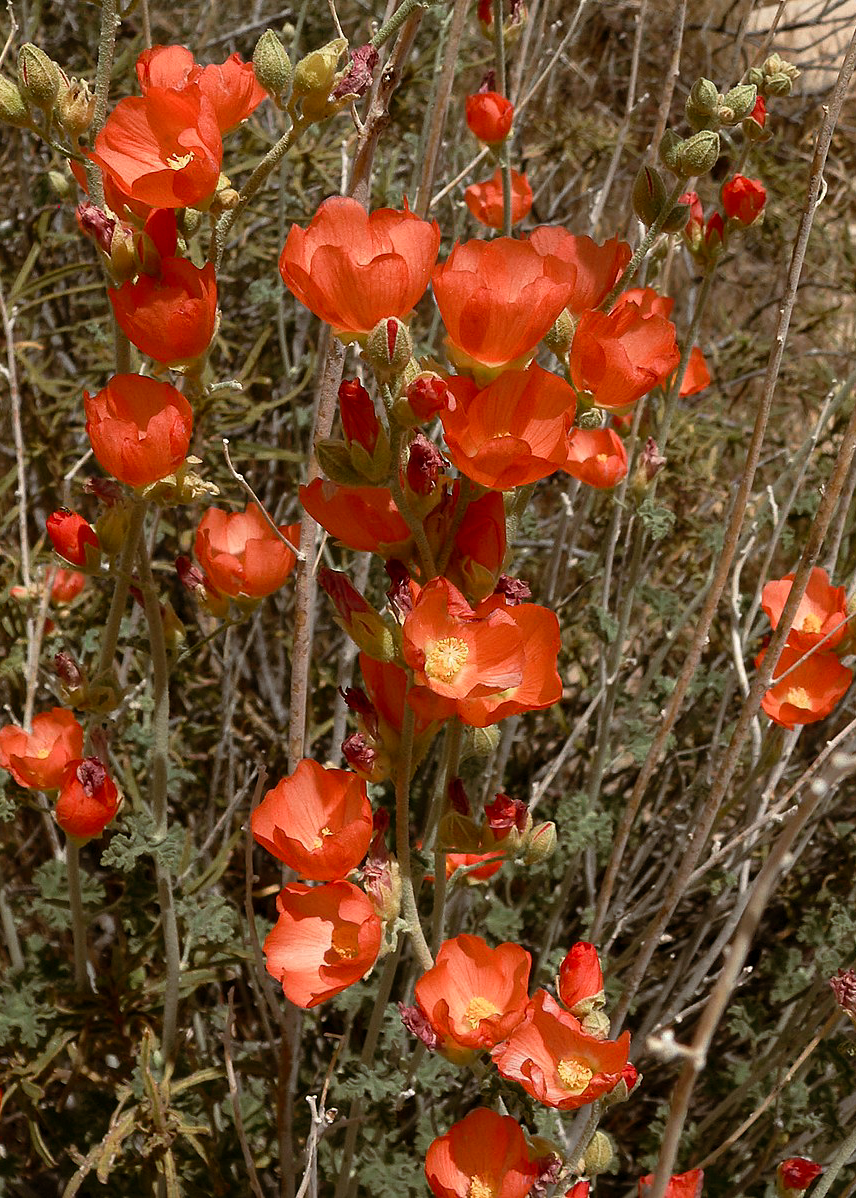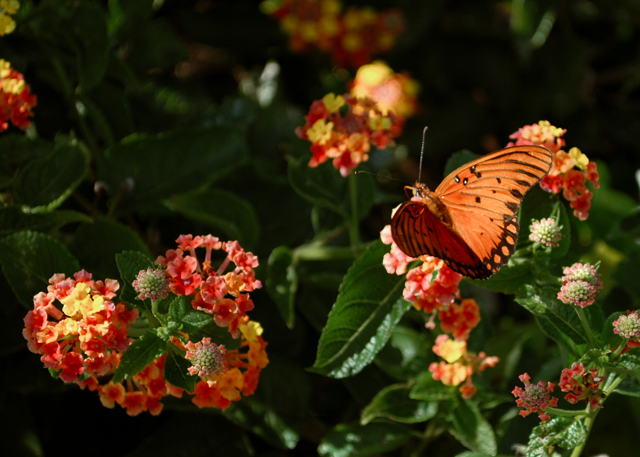In its mature state, Asclepias asperula can grow up to 2 feet in height with an upright, sprawling habit. The stems of this plant are densely covered with tiny hairs. It has narrow, irregularly grouped leaves 4-8 inches long. It is common for the large, thick, narrow leaves to be folded lengthwise. In some vernacular dialects, it is called an antelope horn since it grows in length and curves like the horns of an antelope.
Caterpillars of Monarch butterfly species feed on milkweed plants.
Antelope horns have attractive, robust flower heads. The common name is derived from the curved shape of the seed pods. Aphids are inevitable on antelope-horn plants. Unless the plant looks sick, the insects are not a problem; spraying soapy water on the plant and aphids is effective. Alternatively, you can use high-pressure water on the plant part while supporting it with your hand.
In addition to being toxic to animals, this plant may also harm humans, like many others in the genus Asclepias. Humans are sensitive to the sap of some plants. A person's sensitivity to a toxin varies with age, weight, health condition, and susceptibility. Children's curious nature and small size make them the most vulnerable. A plant's toxicity can vary according to its season, parts, and growth stage; plants can also absorb toxic substances from the air, water, and soil, such as herbicides, pesticides, and pollutants.



























